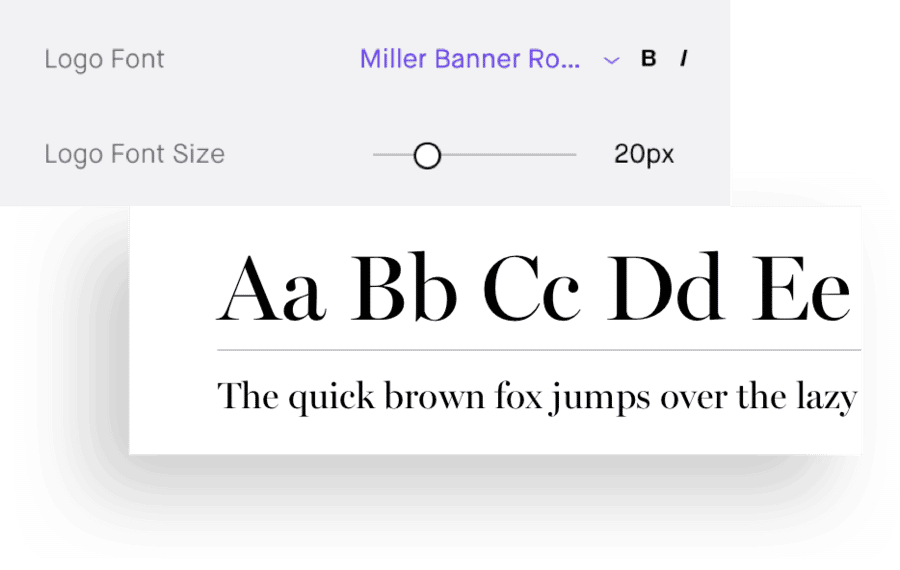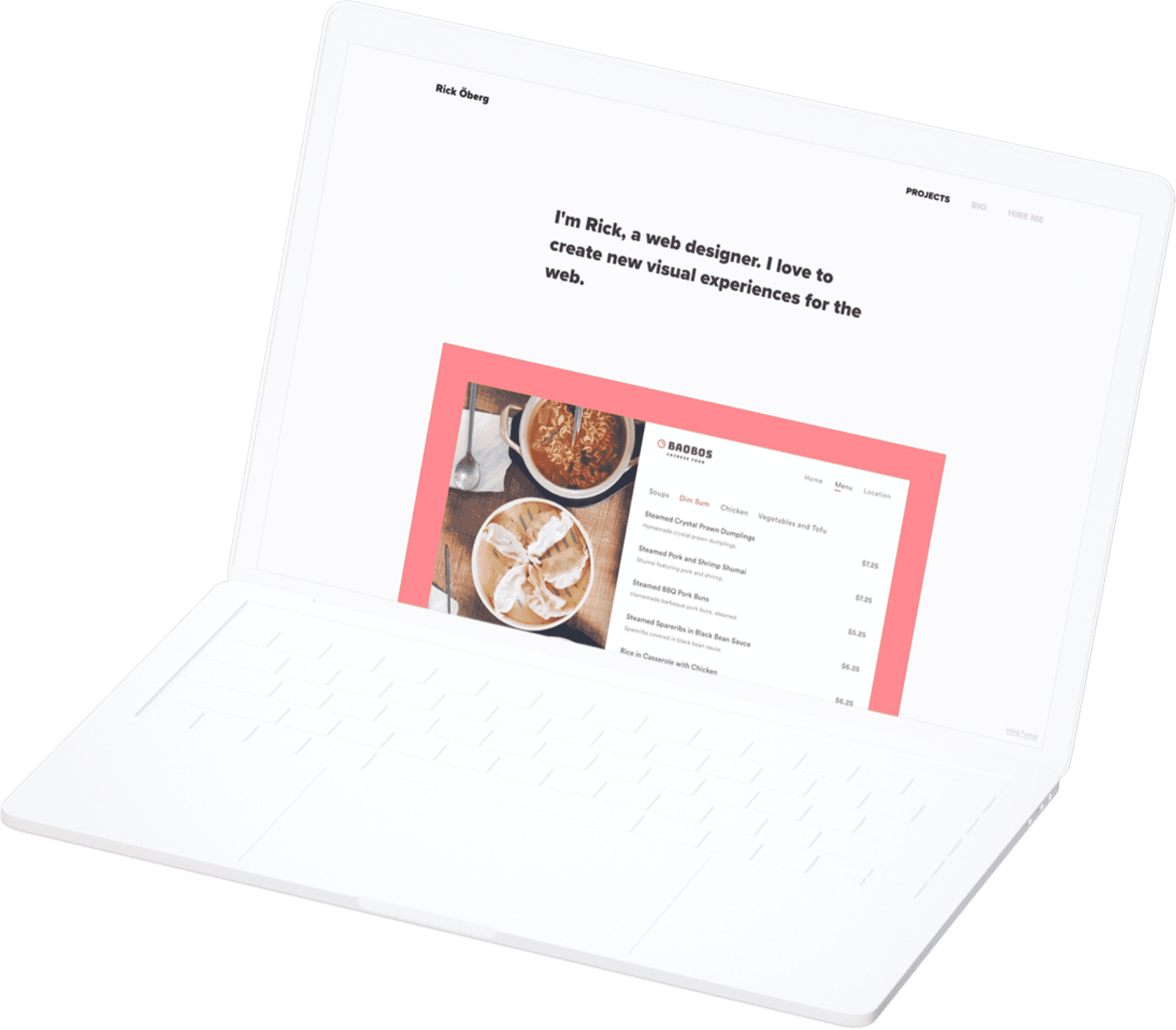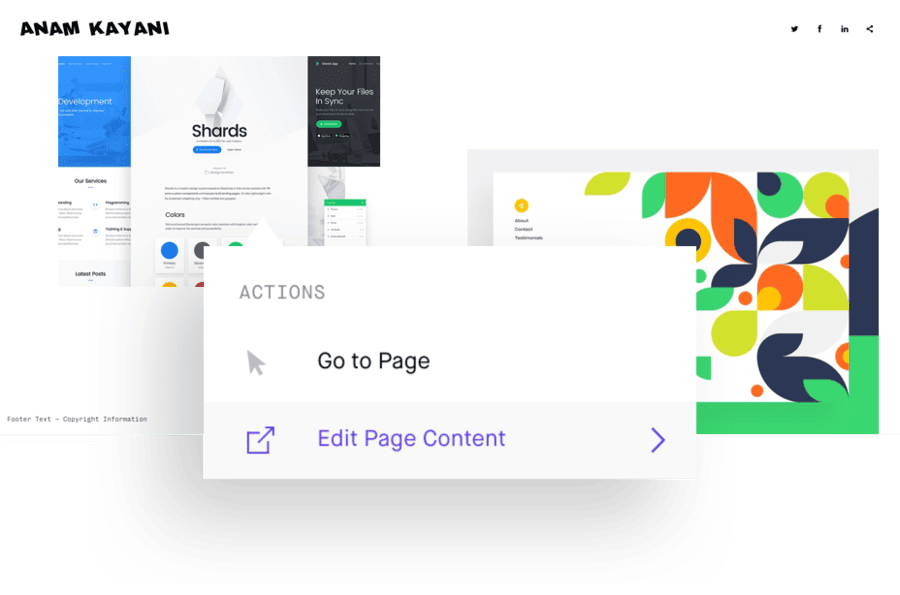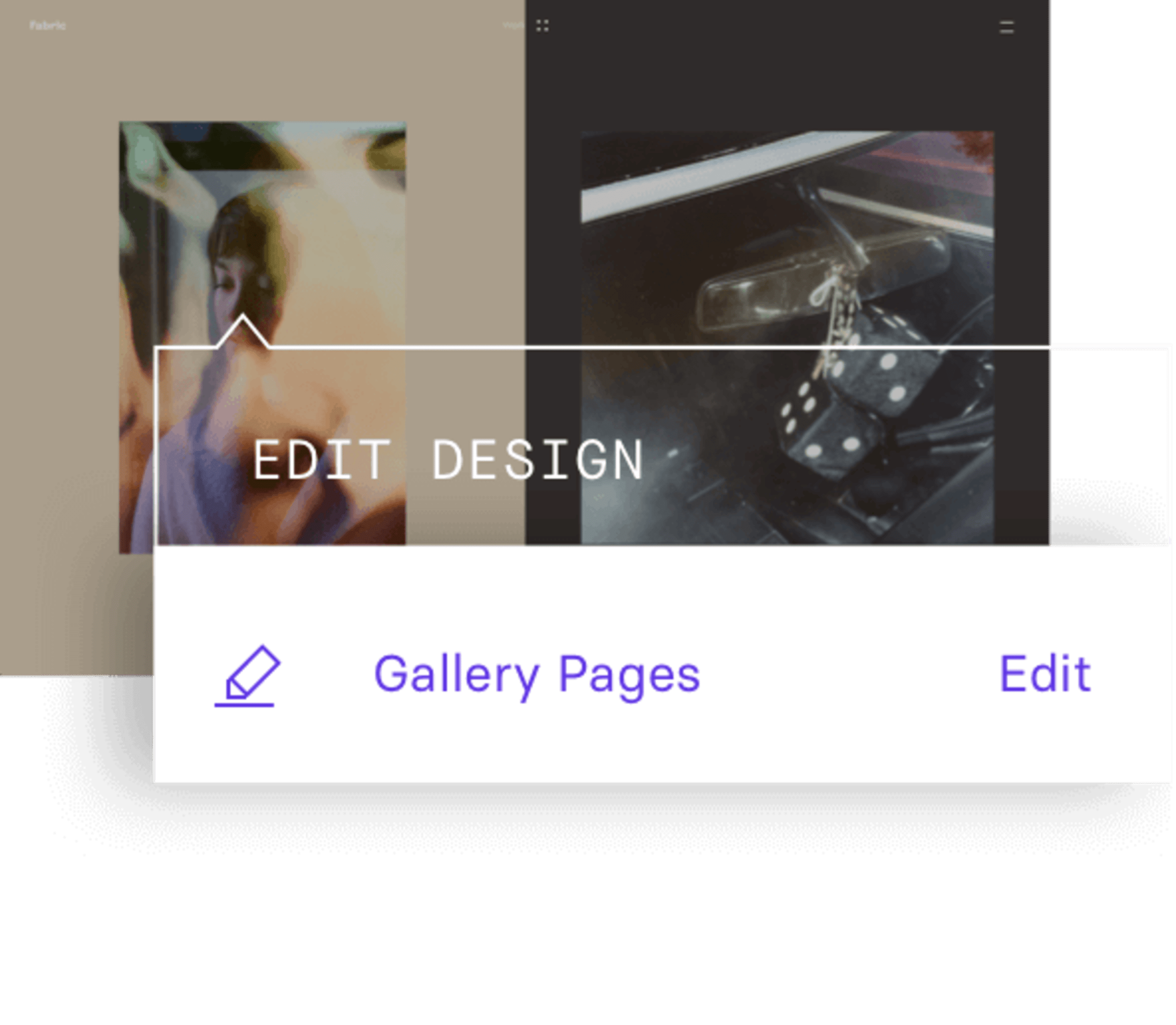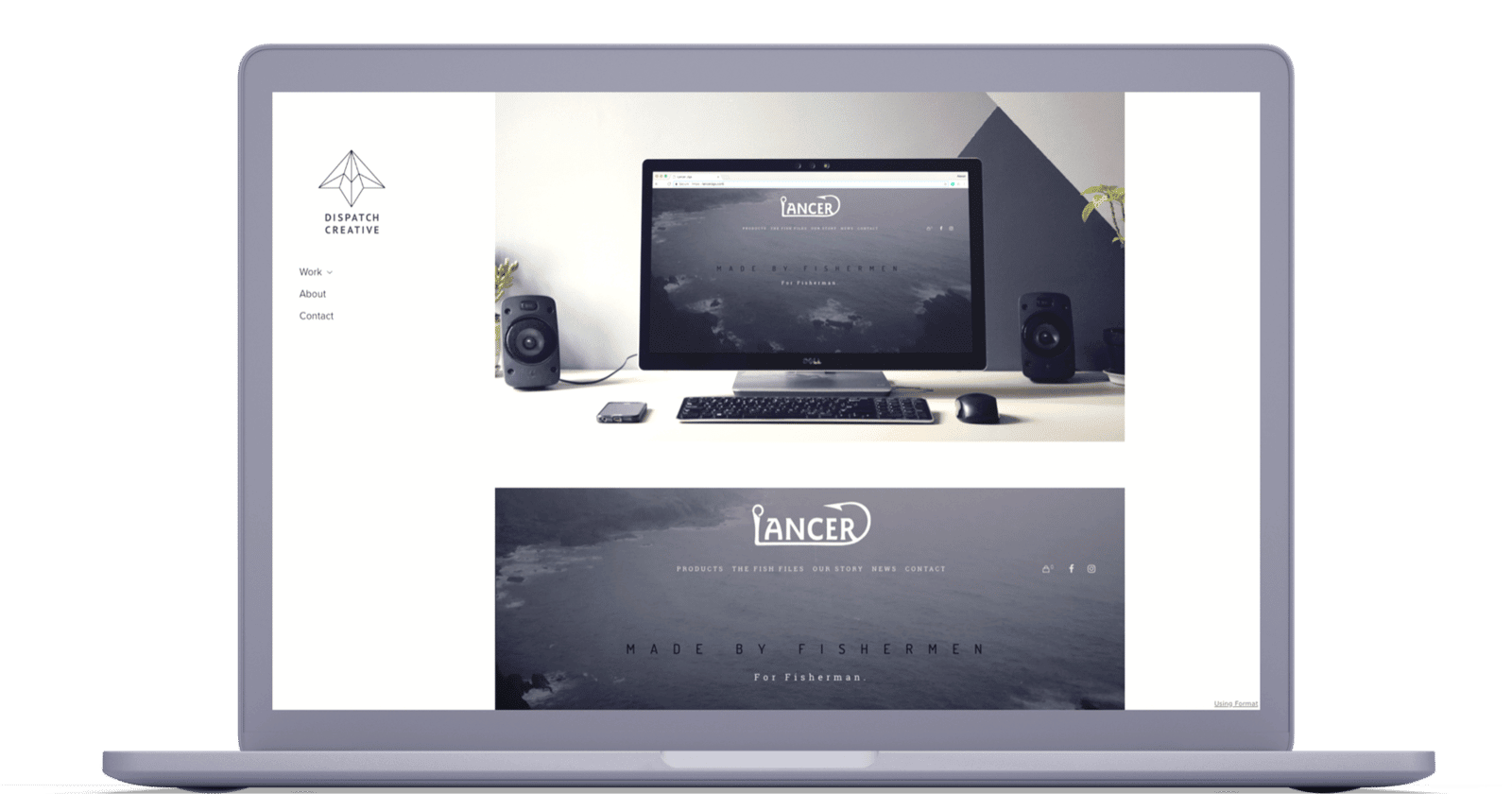So what makes up a strong design portfolio? Here are five things you should never leave out of your digital folio:
Your best work. Of course, a portfolio isn’t a portfolio without examples of your best web design work. You should include 10 to 15 projects that represent who you are and what you want to continue doing as a designer. Make sure to provide a wide range of briefs, industries, and styles—you want to show that you have both the necessary skills to excel as a web designer and the flexibility to adjust to different creative briefs and requirements.
Background information. When building a portfolio, examples of works only make up half the equation. A potential client would never hire a complete stranger. Let people get to know the designer behind the work by introducing yourself, your interests, your academic and professional background, and any award or accolades you’ve received for your work. Better yet, add a professional photo of yourself and inject a bit of personality into your writeup!
A list of services offered. In this section, you need to be specific and narrow down your list of services to a shortlist of the things you really excel at. Presenting yourself as a “jack of all trades” can backfire, as you’ll often encounter clients who are looking for something very specific. Decide on three to five things you’re good at and make them your unique selling proposition as a brand.
Contact details. This should go without saying: always leave contact details on your website! Include your professional email, your phone number (if you’re comfortable), and links to your professional social media sites!
